The 1,441-room, Baroque-style Schonbrunn Palace (German: Schloss Schönbrunn), a former imperial summer residence, is one of the most important architectural, cultural and historical monuments in the country. The palace, as well as its gardens, reflect the changing tastes, interests and aspirations of successive Habsburg monarchs.
The complex includes the Tiergarten (an orangerie erected around 1755) and the Palmenhaus, a noteworthy palm house which replaced, by 1882, around 10 earlier and smaller glass houses in the western part of the park.
The history of the palace and its vast gardens spans over 300 years. Here are interesting historical trivia regarding the palace:
- The name Schönbrunn, meaning “beautiful spring,” has its roots in an artesian well whose waters were consumed by the court. In 1642 came the first mention of the name “Schönbrunn” on an invoice.
- The palace had its beginnings as a mansion called Katterburg, erected in 1548.
- From the 1740 to the 1750s, during the reign of empress Maria Theresa (who received the estate as a wedding gift), the Schönbrunn Palace, in its present form, was built and remodeled.
- Eleonora Gonzaga, wife of Ferdinand II, spent much time there. The area was bequeathed to her as a widow’s residence after the death of her husband.
- From 1638 to 1643, Eleonora added a palace to the Katterburg mansion. The origins of the Schönbrunn orangery seem to go back to Eleonora as well.
- Franz I commissioned the redecoration of the palace exterior in Neo-Classical style as it appears today.
- Franz Joseph, the longest-reigning emperor of Austria, was born at the palace and spent a great deal of his life there. On November 21, 1916, he died there at the age of 86.
- On November 1918, following the downfall of the Habsburg monarchy, the palace became the property of newly founded Austrian Republic and was preserved as a museum.
- After World War II and during the 1945 to 1955 Allied Occupation of Austria, the palace provided offices for both the British delegation to the Allied Commission for Austria and for the headquarters for the small British military garrison in Vienna.
- In 1955, with the reestablishment of the Austrian republic, the palace once again became a museum.
- In 1961, the palace was used for the meeting between U.S. president John F. Kennedy and Soviet premier Nikita Khrushchev.
- Since 1992, Schloss Schönbrunn Kultur- und Betriebsges.m.b.H., a limited-liability company wholly owned by the Republic of Austria, administered the palace and gardens, conducting preservation and restoration of all palace properties without state subsidies.
- In 1996, Schönbrunn Palace, together with its gardens, was cataloged on the World Heritage List by UNESCO as a remarkable Baroque ensemble and example of synthesis of the arts (Gesamtkunstwerk).
- Since the mid-1950s, Schönbrunn has been a major tourist attraction. In 2010, Vienna’s most popular tourist destination was attended by 2,600,000 visitors with the whole Schönbrunn complex (Tiergarten Schönbrunn, Palmenhaus, Wüstenhaus and the Wagenburg) accounting for more than five million visitors.
- The palace was recently selected as the main motif of the The Palace of Schönbrunn silver coin, a high value commemorative Austrian 10-euro coin minted on October 8, 2003. The central part of the frontage of the palace, behind one of the great fountains in the open space, is seen at the obverse.
- Every year, the Summer Night Concert Schönbrunn is held here.
Check out “Imperial Carriage Museum (Wagenburg)“
The sculpted garden space between the palace and the Sun Fountain is called the Great Parterre. This French garden, a big part of the area, was planned in 1695 by Jean Trehet, a disciple of André Le Nôtre.
It contains, among other things, a maze and is lined with 32 sculptures, which represent deities and virtues.
The garden axis points towards a 60 m. (200 ft.) high hill which, since 1775, has been crowned by the Gloriette structure (Fischer von Erlach had initially planned to erect the main palace on top of this hill) which now houses a café and an observation deck providing panoramic views of the city.
Maria Theresa decided that the Gloriette be designed to glorify Habsburg power and the Just War (a war that would be carried out of “necessity” and lead to peace). During the Second World War, the Gloriette was destroyed but was restored in 1947 and, again, in 1995.
The gardens and palace have been the location for many films and television productions. They include:
- The Sissi trilogy of 1950s (Sissi, The Young Empress and Fateful Years of an Empress)
- A Breath of Scandal (1960) with Sophia Loren, Maurice Chevalier, John Gavin and Angela Lansbury.
- The Living Daylights (1987) when James Bond (Timothy Dalton) and Kara Milovy (Maryam d’Abo) are seen briefly riding through the palace garden (the palace is also seen during the end credits).
- The comedy The Great Race, starring Jack Lemmon, Tony Curtis, and Natalie Wood, was filmed here in 1965.
- The television drama The Crown Prince, starring Max von Thun as Crown Prince Rudolf and Klaus Maria Branderer as Kaiser Franz-Josef.
- The Austrian television series, Kommissar Rex (1994 to 2004) shot several episodes here.
- In the Kuroshitsuji episode 2: His Butler, Omnipotent, Sebastian Michaelis tells his master that he was a guest at the Schönbrunn Palace soirees before his contract was sealed with Ciel as he teaches the young master how to dance.
- In 2003, Dutch violinist Andre Rieu and the Johann Strauss Orchestra, along with the Opera Babes used it as the back drop for a version of the European Anthem, “Ode to Joy.”
- In the sixth leg of the Amazing Race, 23 teams had to race through the garden’s maze and search for the pit stop located at the Gloriette.
Schonbrunn Palace and Gardens: Schönbrunner Schloßstraße 47-49, 1130 Wien, Austria. Tel: +43 1 81113239. Open 8:30am-6:30pm. At the official website, tickets can be purchased in advance for tours and tour packages. In addition, many classical concerts, featuring the music of Mozart and his contemporaries, can be enjoyed at the spectacular Orangerie or Schlosstheater halls.
How to Get There: take U1 going to Leopoldau at Keplerplatz, transfer to U4 going to Hütteldorf at Karlsplatz, exit at Schonbrunn

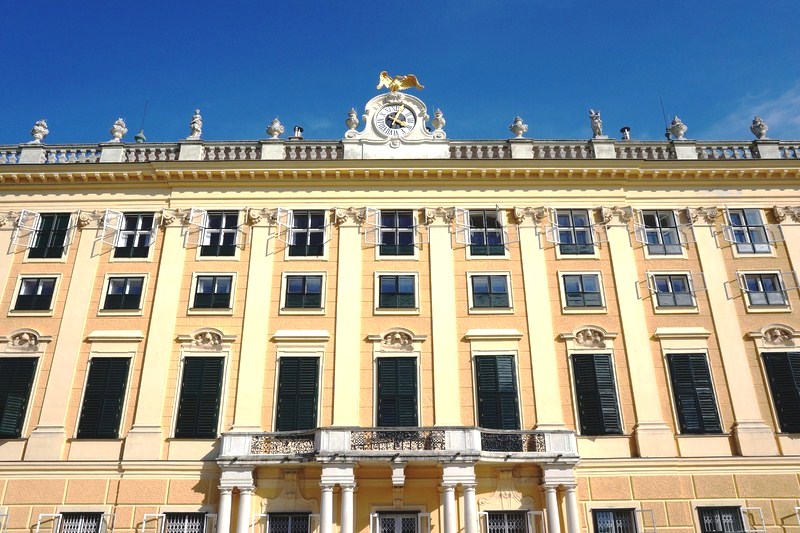

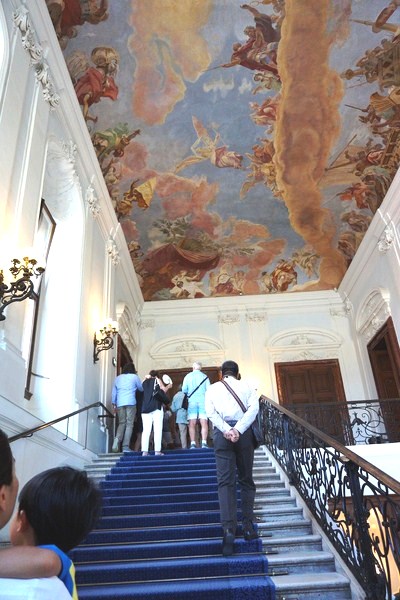
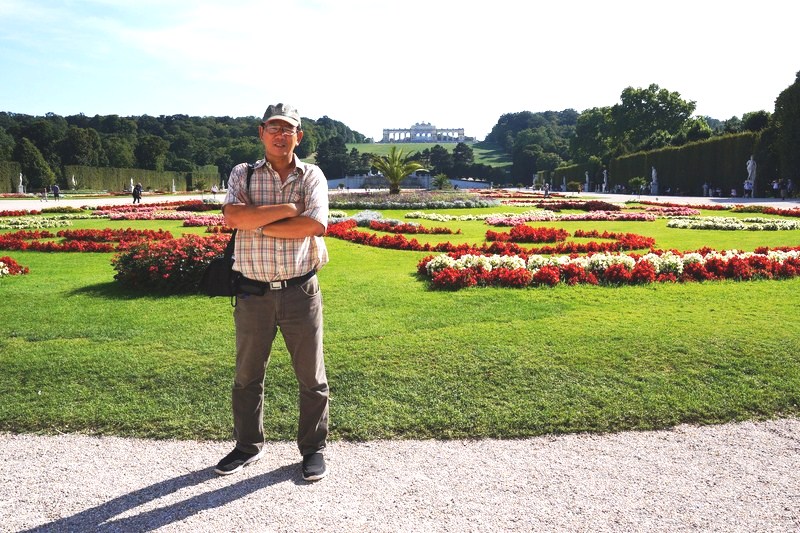
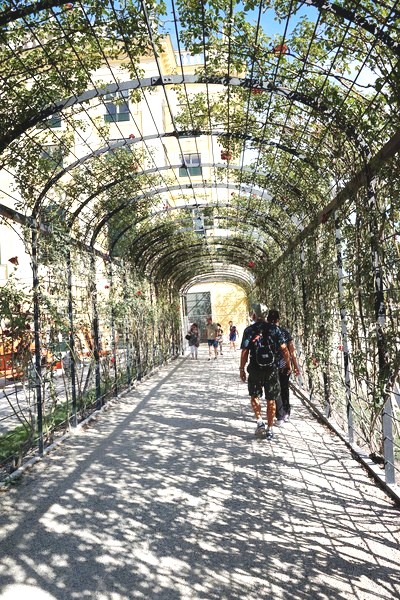
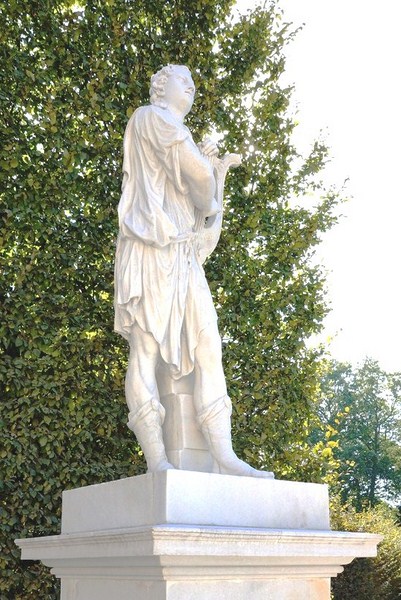
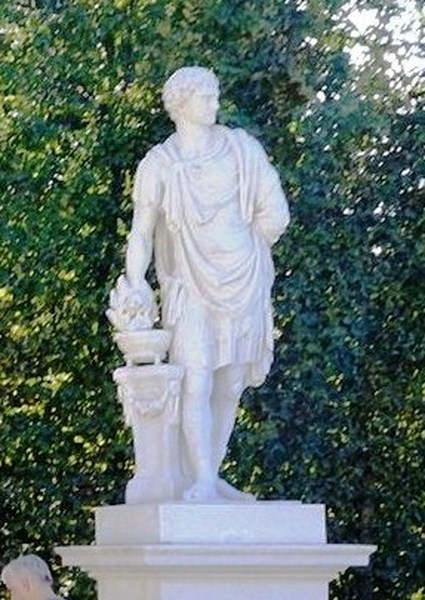
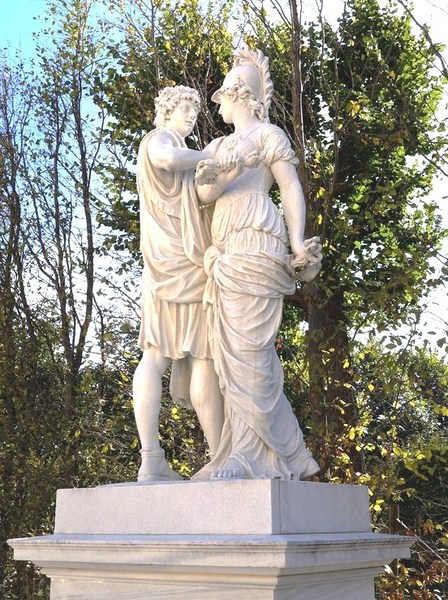
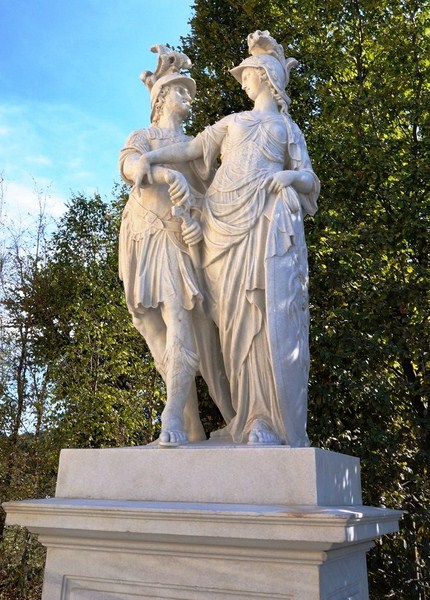
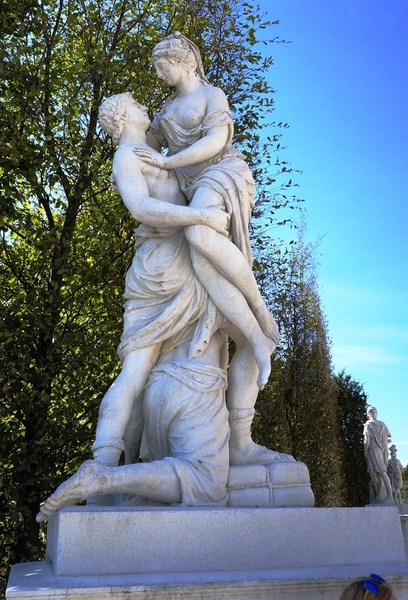
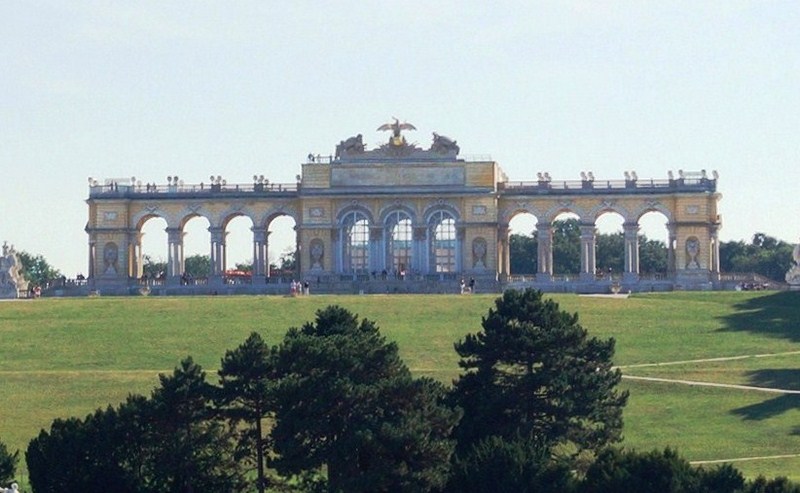
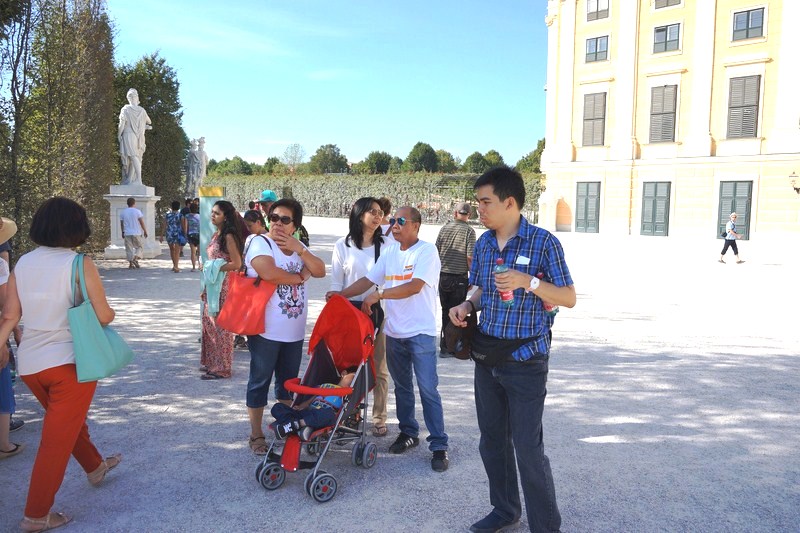
Pingback: Upper Belvedere (Vienna, Austria) – B.L.A.S.T. – Live Life to the Fullest ……… Don't Stay Put